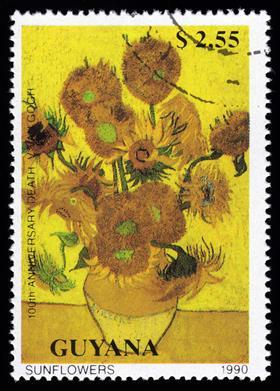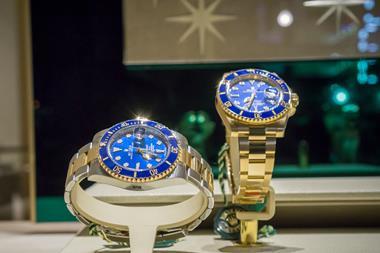The protest action highlights the need for art collections to be sufficiently insured, says head of private clients
Climate change protestors from Just Stop Oil threw two cans of Heinz tomato soup over Vincent van Gogh’s iconic Sunflowers painting last week (14 October 2022), highlighting the risks of displaying art.
The incident at London’s National Gallery saw two female protestors glue their hands to the adjacent wall before one protestor said on camera: “What is worth more – art or life? Is it worth more than food? Worth more than justice? Are you more concerned about the protection of a painting or our planet and people?

“The cost-of-living crisis is part of the cost of oil crisis – fuel is unaffordable to millions of cold hungry families – they can’t even afford to heat a tin of soup.”
The protestors were arrested for criminal damage and aggravated trespass.
“The room was cleared of visitors and police were called. There is some minor damage to the frame, but the painting is unharmed,” the gallery said, noting that the painting itself was behind a layer of glass.
Eleanor Moore, head of private clients at Broadway Insurance Brokers, told Insurance Times: “More than the standard things covered by even straightforward home or business insurance, some policies feature extended perils, including theft and malicious damage.
“Hurling soup over a well-known work by one of the most famous artists of all would certainly be regarded by insurers as malicious damage. These policies will have additional conditions attached, such as how works are displayed or protected and who might have access to them.”
Moore said the incident makes clear that ”it’s impossible to predict who might target which artworks and why” and therefore that it was critical for bodies to review their insurance provisions.
She pointed out that ”art trends and values also evolve over time”.
Potential risks remain
The oil painting entitled Sunflowers dates back to 1888 and is valued at $84.2m (£75m) – it is one of five versions of the painting completed by Van Gogh on display in galleries worldwide.

Moore said the incident underlined the need for institutions and individuals to ensure art collections were adequately insured.
She continued: ”I think that we would all expect a major gallery such as this to have addressed all of the issues involved displaying well-known, high value works of art.
“However, there are many other venues with notable paintings and sculptures which might not believe that they run the same risks as the National Gallery because they don’t have the same number of visitors or allow any visitors at all.
“Nevertheless, potential risks remain.”
Moore said valuable works can be acquired relatively cheaply before artists achieve renown – she noted that Van Gogh’s contemporaries gave some paintings away to settle bar bills, for example.
”Works don’t have to be by Impressionists, though, to appreciate significantly over time. If they do, the associated insurance risks grow more complicated too,” she added.
Just Stop Oil’s Twitter page said: “Keep giving us new oil and gas and you will keep getting soup.”
Read: Underinsurance is a bigger risk to HNW clients than theft or burglary – Ecclesiastical
Explore more news content here
Michel Honore, Sedgwick’s director of fine art noted that acts of vandalism are frequent in museums but rarely publicised.
Honore added: ”National museums often have their own insurers for their collections and they make no declaration or complaint to identify the vandal. It’s therefore difficult to calculate the statistics.
Social media makes it possible to broadcast acts of vandalism in real time, such as the attack on the Sunflowers painting, or on the Mona Lisa in May. Emblematic works tend to be highly protected by glass.”












































No comments yet